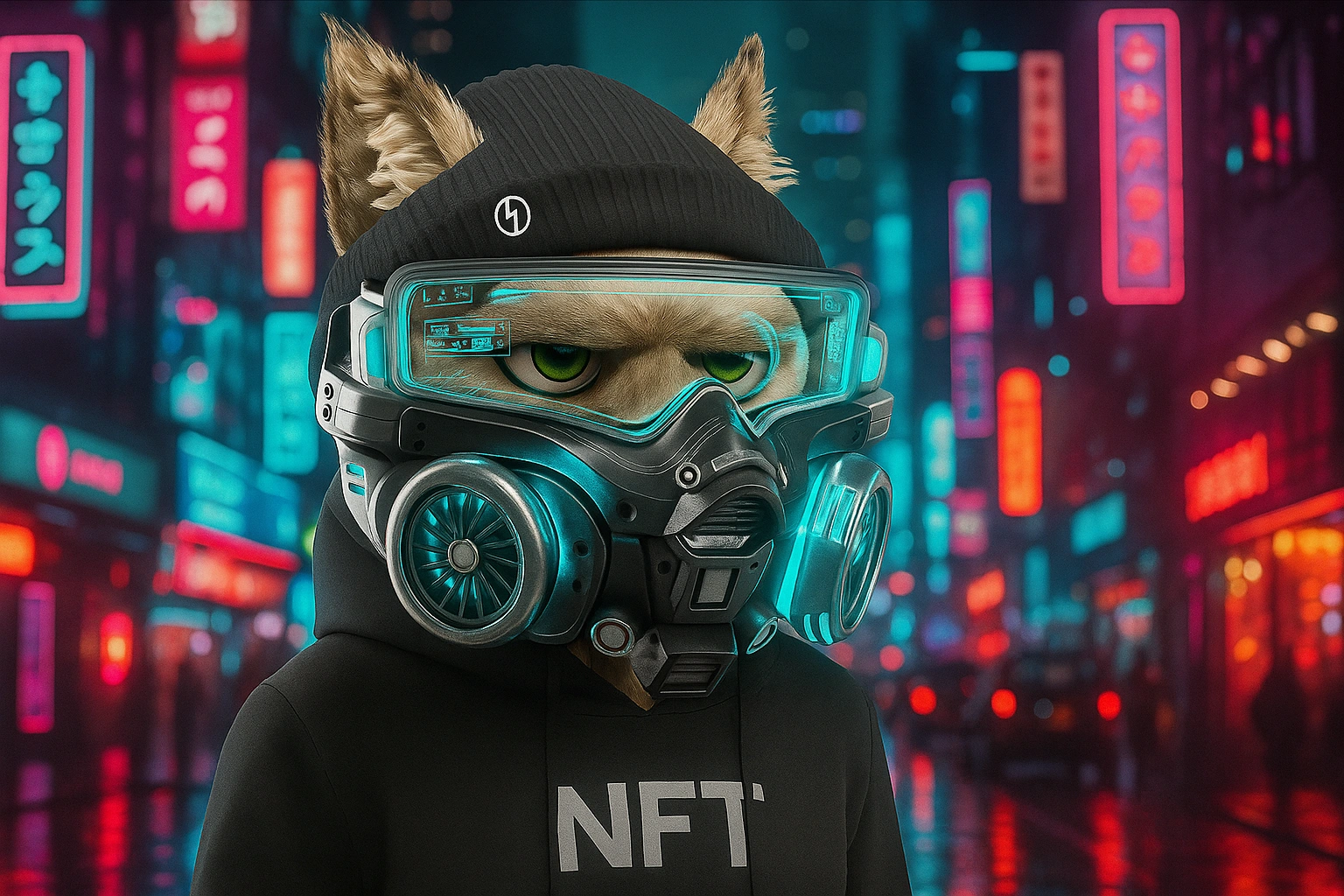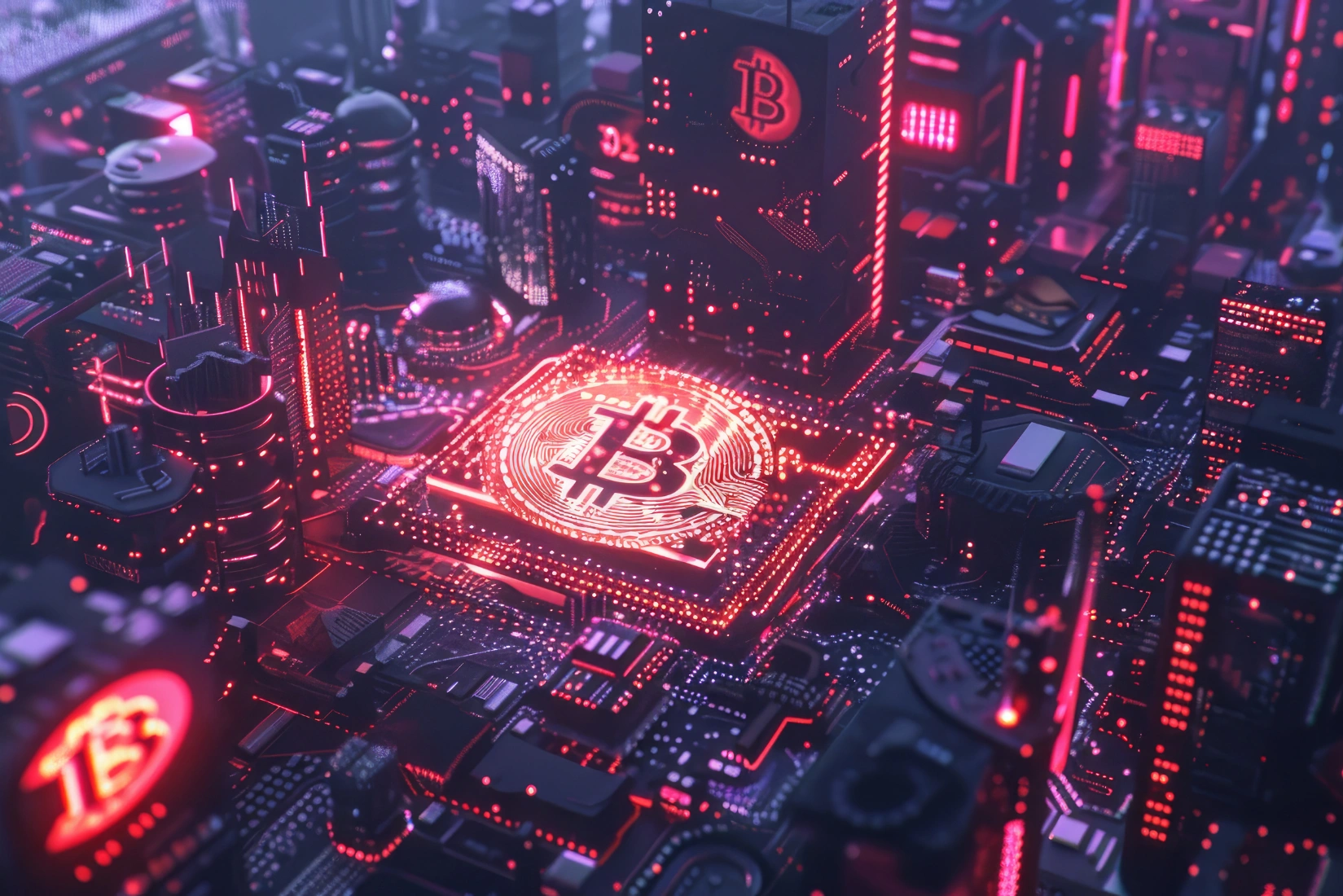NFTs 2025: Why Vietnam’s Creators Are Still Turning to Web3 Art Markets
When the NFT wave first made headlines globally, it was easy to write off the trend as speculative hype—artworks selling for millions, meme-based tokens dominating headlines, and celebrities minting cartoon apes. But in 2025, in Vietnam and beyond, NFTs have evolved into something more meaningful. They’re not just collectibles; they’re tools of empowerment in the Web3 art market, gateways to global audiences, and building blocks for the next phase of Vietnam’s digital economy.
But for those still wondering “What is NFT?”, especially beginners or creators looking to explore this space, the topic can feel overwhelming. So let’s step back and decode what NFTs truly are, how they function in real life, and why they still matter—especially here in Vietnam.
What Exactly Is an NFT?
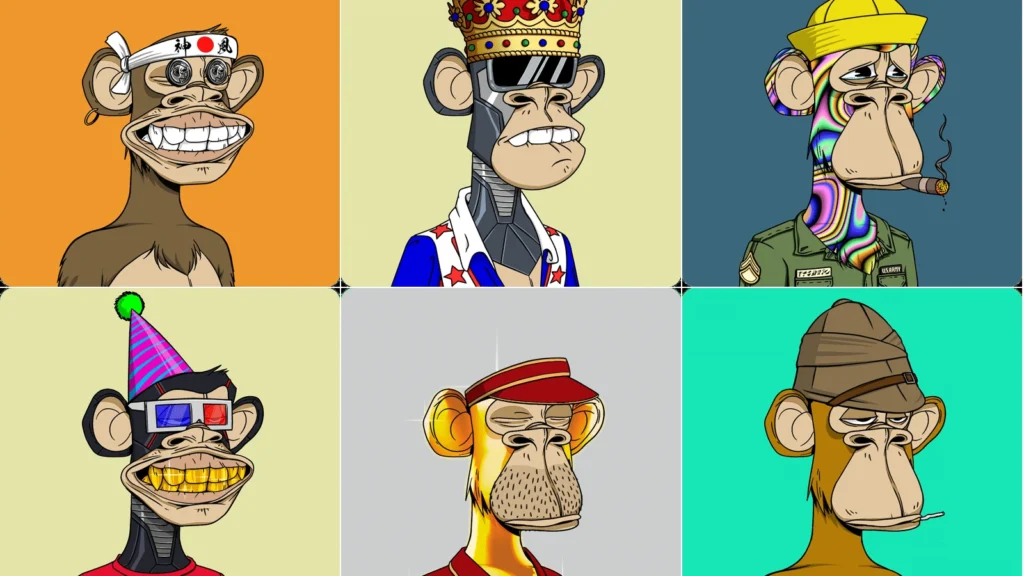
Credit from Changelly
NFT stands for Non-Fungible Token. The phrase might sound technical, but the concept is quite intuitive. An NFT is a digital item—an artwork, a piece of music, a video clip, or even a virtual outfit—that’s encoded using blockchain technology to certify its uniqueness and ownership. In contrast to cryptocurrencies like Bitcoin or Tether, which are fungible (one unit equals another), NFTs are designed to be irreplaceable.
Think of it this way: if a Bitcoin is like a 500,000 VND note, then an NFT is like a signed painting—it may exist in digital form, but no two are the same. That’s what gives NFTs their value.
In Vietnam, this concept quickly gained traction among creative communities. Graphic designers in Hanoi, independent musicians in Saigon, and even student developers from Da Nang have started to see NFTs not just as a trend, but as a new infrastructure for ownership and expression online.
NFTs and Vietnam’s Growing Web3 Art Market
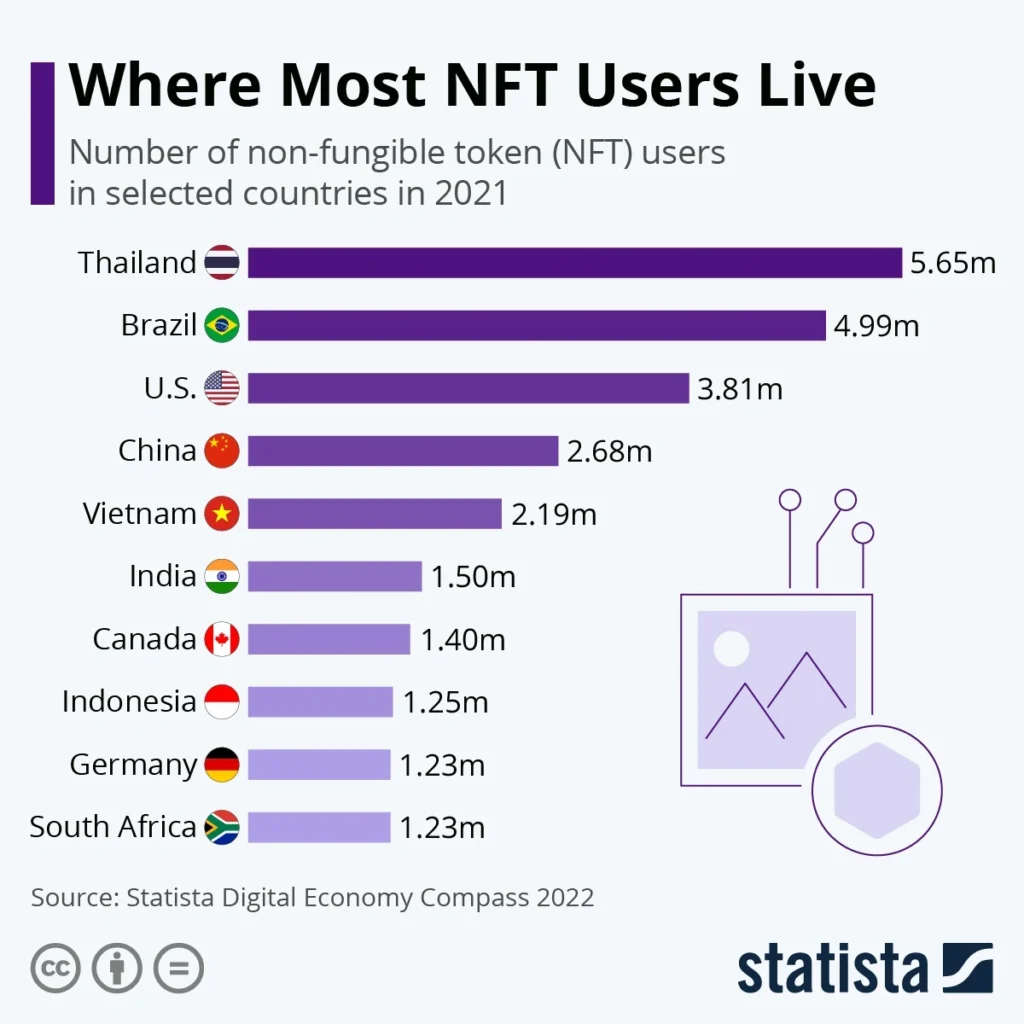
Credit from Vietnam Investment Review
By 2025, Vietnam’s digital ecosystem has embraced Web3—not in sweeping revolutions, but in quiet, steady ways. Web3 refers to the next iteration of the internet: decentralized, blockchain-based, and centered on user ownership. Within this framework, NFTs play a starring role.
Vietnamese artists have begun minting and selling their work on global platforms like OpenSea and Magic Eden, often reaching collectors far beyond their usual audiences. These platforms don’t just host art—they offer smart contract infrastructure, royalty systems, and transparent proof of ownership. That means when a Vietnamese creator sells a digital painting or 3D sculpture, they can build long-term value from it—earning a percentage of resale profits and tracing how their work travels over time.
What makes this especially powerful is that creators no longer need to rely on traditional gatekeepers. No galleries, no publishing deals. A single artist in Hue or Can Tho with a good idea, a crypto wallet, and access to the right tools can participate in the global Web3 art market.
How NFTs Are Being Used in Vietnam Today
NFTs in Vietnam have moved well beyond the idea of quirky collectibles. In recent months, digital assets have started to appear in unexpected areas—from independent musicians launching NFT albums with unlockable bonus tracks to gaming startups offering tradable in-game items.
We’re also seeing innovation in areas like education and event management. Some local universities are piloting NFT-based certificates to combat fraud, while conferences are issuing NFT tickets that double as loyalty perks. For a country as digitally engaged as Vietnam—where smartphone penetration is high and Gen Z dominates social platforms—the NFT model feels like a natural evolution.
What stands out is how deeply local culture is influencing this technology. Artists are exploring Vietnamese folklore, fashion, and identity through NFT collections, while developers are crafting blockchain games rooted in familiar environments and characters.
Starting with NFTs: A Beginner’s Journey in 2025
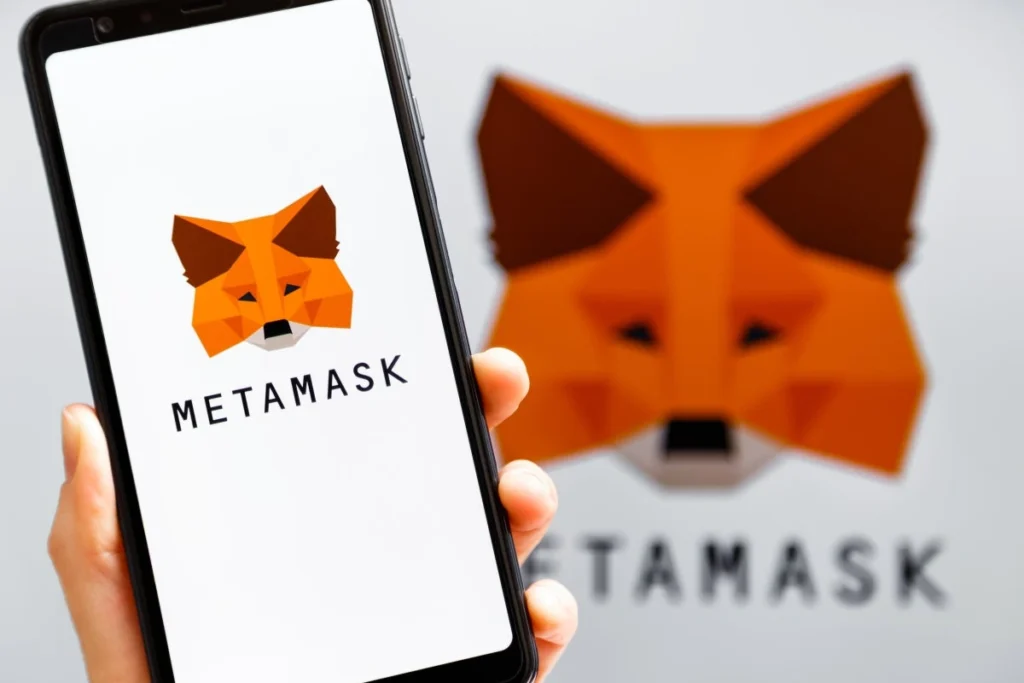
Credit from Rootstrap
For those who are just getting started, entering the world of NFTs can feel like learning a new language. But it’s more manageable than it seems.
The journey usually begins with setting up a crypto wallet, something like MetaMask or Trust Wallet. This wallet holds both your cryptocurrency—usually Ethereum or Solana—and any NFTs you purchase or create. Buying cryptocurrency in Vietnam is possible through platforms such as Binance or Remitano, which are now more localized and compliant with emerging regulations.
Once set up, you can browse marketplaces where NFTs are sold. Some Vietnamese artists even offer works priced in VNĐ or linked with local payment options to make onboarding easier. Whether you’re an investor or a creator, the key is to move slowly, learn actively, and avoid the pressure of FOMO (fear of missing out), which often drives poor decisions in crypto spaces.
Education is crucial. Many young people in Vietnam are drawn into NFTs through influencers on TikTok or YouTube, but often without a clear understanding of the risks. It’s important to separate hype from actual value—understanding the NFT meaning as a long-term concept, not a get-rich-quick scheme.
NFT Trends 2025: What’s Happening Now in Vietnam
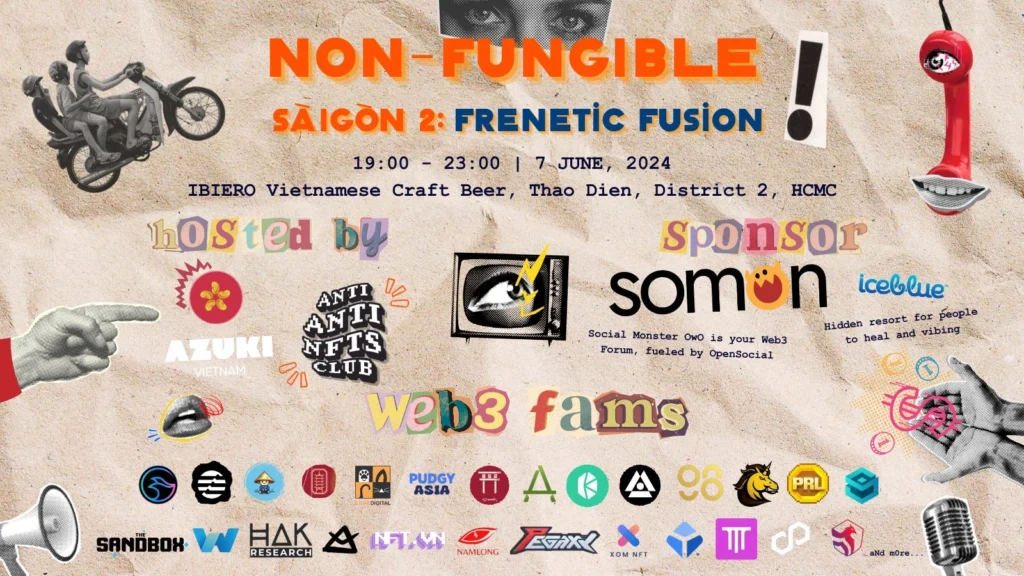
Credit from X
The landscape of NFTs is constantly changing, but in 2025, several trends are shaping how they’re used and understood in Vietnam.
One trend is the rise of local NFT communities, both online and offline. Discord servers and Telegram groups are popping up for Vietnamese collectors and creators to share advice, critique, and collaboration opportunities. Offline exhibitions in cities like HCMC and Hanoi are starting to showcase NFT-linked art using projection mapping or AR experiences.
There’s also growing interest in AI-generated NFTs, where creators use generative tools to produce unique digital pieces. This raises questions about originality, but also opens up fascinating new territory for hybrid creative practice.
Above all, there’s a move toward meaningful ownership. Vietnamese artists are no longer just experimenting—they’re thinking strategically. From ensuring cultural representation to embedding royalty rights, they’re leveraging NFTs as more than just files—they’re using them as economic, creative, and social tools.
Why NFTs Still Matter in 2025
Some skeptics believe NFTs were a passing craze, pointing to market volatility and environmental concerns. While those criticisms are not without merit, they miss the bigger picture: NFTs are not just about prices—they’re about power. Power to own, to create, to earn, and to participate in shaping the digital world.
In Vietnam, where creative talent runs deep and digital fluency is on the rise, NFTs remain one of the most promising channels for democratizing access to the global economy. They allow individuals—not just institutions—to build careers, tell stories, and claim space in the world of Web3.
So whether you’re a curious beginner, a student designer, or a tech-savvy investor, now is still a good time to understand NFTs—not just as assets, but as expressions of identity, culture, and future value.
Final Thoughts: NFTs 2025 and the Future of Vietnamese Creativity
As the global NFT landscape matures, Vietnam is carving out its own place in the Web3 art market. From emerging artists and local developers to new platforms designed for Southeast Asian audiences, the momentum continues to grow.
NFTs in 2025 may look very different from what they were just a few years ago—but that evolution is exactly why they still matter. They represent not just a financial shift, but a cultural one. And in Vietnam, that shift is just beginning to take form.

